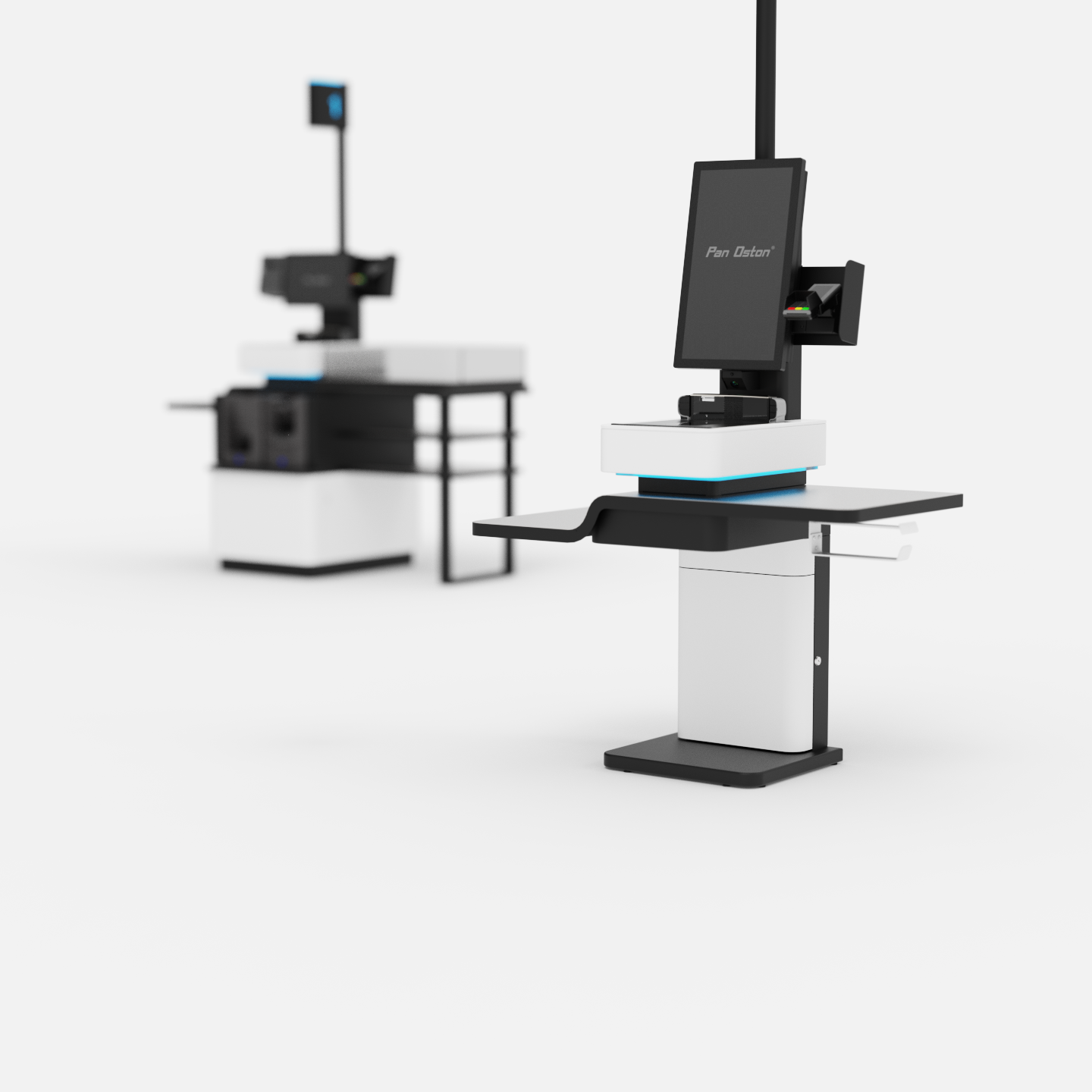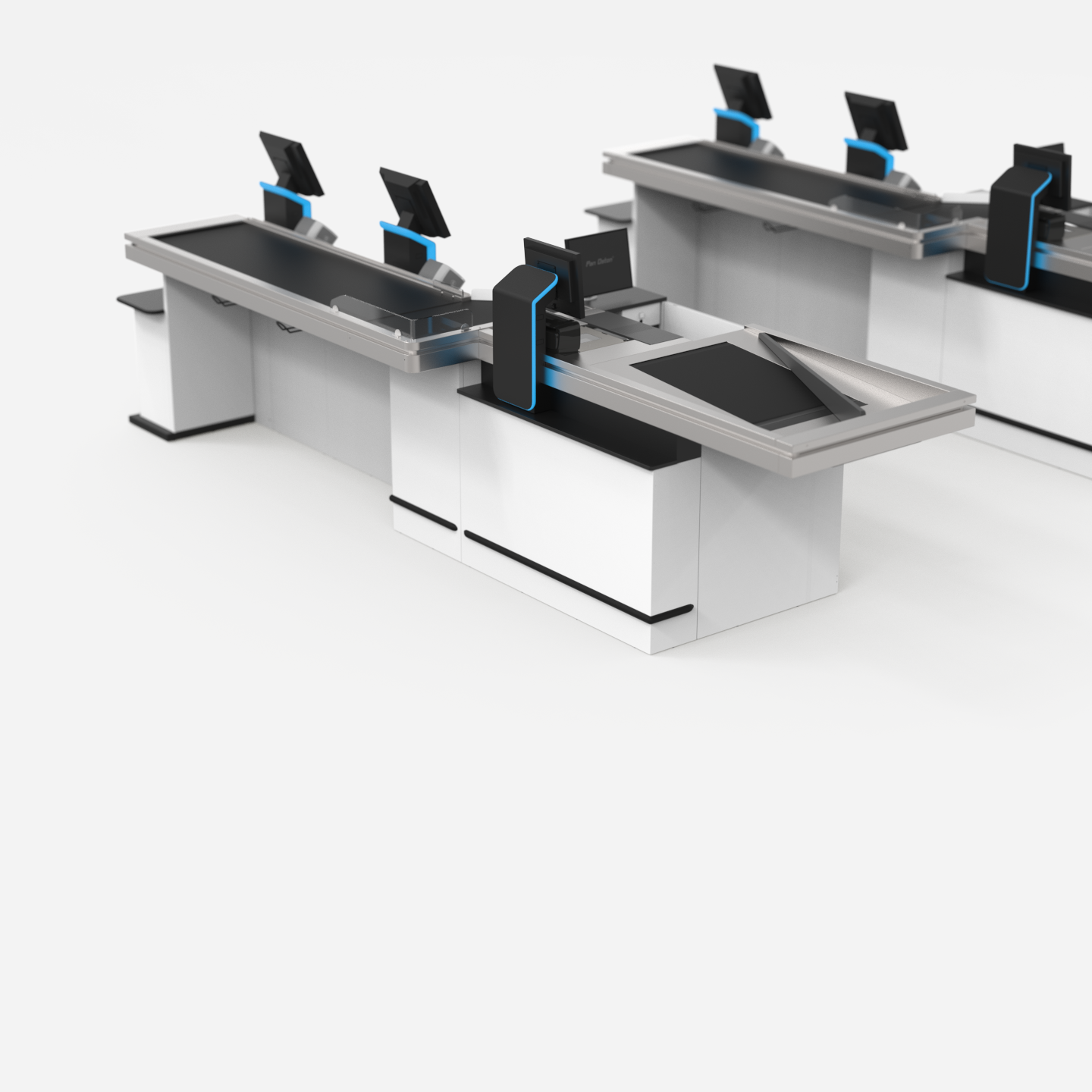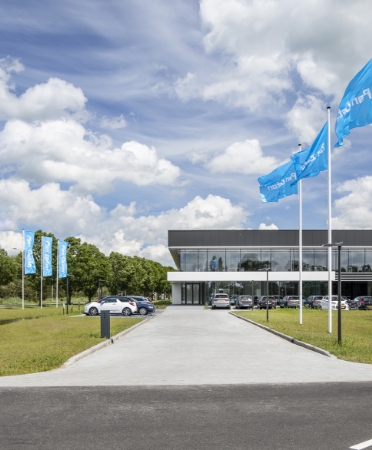SMARTER FASHION SHOPPING WITH SELF-SERVICE TECHNOLOGY
Fashion and high-value goods retailers have long been cautious about introducing self-service technology on the shop floor. In the last few years, however, they have been taking bolder steps towards this technology. Where, until recently, self-service technology was primarily offered by grocery retailers, today, premium fashion brands are accelerating their investments in self-checkouts, mobile POS, digital kiosks and other forms of hybrid checkout infrastructure.
Self-service technology has evolved from being a novelty to a strategic pillar for modern operations across various retail sectors. Customer expectations are increasingly leaning towards digital self-service options, margins are under pressure, and labour shortages are not likely to be resolved in the short term. The need for smarter, leaner, more agile solutions has become impossible to ignore.
EXPERIMENTATION TO IMPLEMENTATION
Ten years ago, self-service in fashion retail was still largely uncharted territory. Early adopters were limited, trials were cautious, and many questioned the viability of letting customers handle their own high-value or tactile purchases. The available technology was either too bulky, too generic, or otherwise ill-suited to the visual and emotional nuances of fashion retail.
Advances in payment hardware, RFID technology, AI, and software integration, however, have changed the script. Touchscreens are now faster, sleeker and more intuitive. POS systems are increasingly cloud-native and modular. Biometric verification and mobile wallets have reduced security concerns. And back-end systems can now reliably connect online and offline stock positions in real-time.
The upshot is that self-service is no longer reserved for transactional retail. It is becoming an operational asset in high-concept stores, high-traffic outlets and high-touch experiences, driven by increasing consumer acceptance of self-service in supermarkets, transport, ticketing and hospitality.
CHANGING CONSUMER BEHAVIOUR, RISING EXPECTATIONS
Today’s shoppers don’t queue if they can help it. They expect to browse, compare, pay and leave, all without friction. The increased level of customer expectations has shaped both the design and deployment of self-service options in fashion stores. Customers are increasingly open to using self-checkout if the process is quick, intuitive and doesn’t compromise service.
Mobile self-scan solutions, once limited to grocery formats, are finding a home in fashion as well, especially among younger shoppers. Scan-pay-go models, paired with digital receipts, loyalty integration and personalised promotions, are moving from novelty to norm.
With digital kiosks once being viewed as overkill in non-food environments, they are now being trialled to great effect in areas such as footwear, accessories and branded merchandise. These systems extend stock availability in-store and offer shoppers endless aisle browsing to access wider product ranges without involving staff.

THE CRUCIAL ROLE OF STAFF
One of the early concerns around self-service was that it would eliminate face-to-face service. In many forward-thinking retail environments, the opposite is now proving to be true. With self-service taking over repetitive tasks like checkout or size/colour lookups, staff are freed to do what they do best: advise, style, upsell and support.
Staff equipped with mobile POS can complete sales wherever the customer is, whether in the fitting room, on the shop floor or at a pop-up. This aligns with the shift toward “assisted self-service”, where the line between service and self-service is blurred by clever design and flexible technology.
INTEGRATING SELF-SERVICE INTO THE FASHION STORE FORMULA
Fashion chains in Europe are no longer asking if they should explore self-service, the key question now is how. Not every store will need the same solution. Urban flagship stores may benefit from high-capacity self-checkouts during peak periods. Smaller footprint boutiques might opt for a single mobile terminal. Outlet centres may lean into kiosks to drive efficiency and extend product access.
The key to successful implementation lies in aligning the technology with the customer journey. A self-checkout tucked away somewhere in a corner will not reduce any queues. A kiosk without live stock data is worse than no kiosk at all. And any system that cannot adapt to and blend with the brand’s look, feel, and ethos is likely to underperform.
EMERGING OPPORTUNITIES
The next phase of self-service in fashion retail is already underway. RFID-based self-checkout (where a pile of clothes can be scanned in mere seconds), virtual try-on kiosks, and mobile fitting room booking are all being tested across European markets. These technologies are not about replacing people, but rather about scaling experience without scaling cost.
Personalisation is also entering the self-service space. Integrated CRM and loyalty systems can now prompt kiosks or self-checkouts to show tailored offers or messages based on customer profiles. This makes every interaction smarter, even when no staff are present.
And with omnichannel blurring the lines between online and offline, retailers are embedding self-service options that support concepts such as endless aisle browsing, in-store pickup, self-return and exchanges, all from a single terminal or app.
CHALLENGES TO BE RESOLVED
Even with all the gains made, self-service technology in fashion retail is still not without friction. Theft remains a concern, particularly in high-value categories. Some retailers are investing in AI-assisted surveillance, while others combine technologies like EAS and RFID with visible staff presence to deter abuse.
There is also the risk of alienating certain customer groups. Not everyone wants to scan their own €600 handbag. Technology must be optional, not mandatory, and it should aim to enhance the in-store customer experience, not undermine it.
Change management and staff training still lag behind the pace of development and implementation of hardware and software. Staff members are often given tools without the context, proper training and time to learn how to use them. And without a clear rollout strategy, even the best technology solutions can end up underused or poorly maintained. With the growing adoption of SaaS models, however, the scale of initial investments is expected to come down, making access to enterprise-grade software ecosystems available to a wider range of users.
LOOKING AHEAD: WHAT COMES NEXT?
Expect more hybrid experiences. Expect more invisible checkouts. Expect greater connectivity between web, mobile and physical store. The growth of AI will further streamline customer flow, predict buying behaviour and reduce staff burden, all while collecting valuable in-store analytics.
The retailers that win in the next five years won’t necessarily be the ones with the flashiest tech. They will be the ones who design experiences around real customer needs, blending physical space with digital tools in ways that feel natural, not forced.
The move to self-service is no longer a question of disruption. It’s a question of evolution, and in fashion retail, the pace is picking up.
CURIOUS ABOUT PAN OSTON'S SELF-SERVICE SOLUTIONS?
Thanks to their modular and flexible design, Pan Oston's solutions are suitable for various self-service concepts in fashion retail. Are you curious about what they can do for you? Our team of specialists is ready to work with you to optimise every customer interaction.


.jpg)

.jpg)